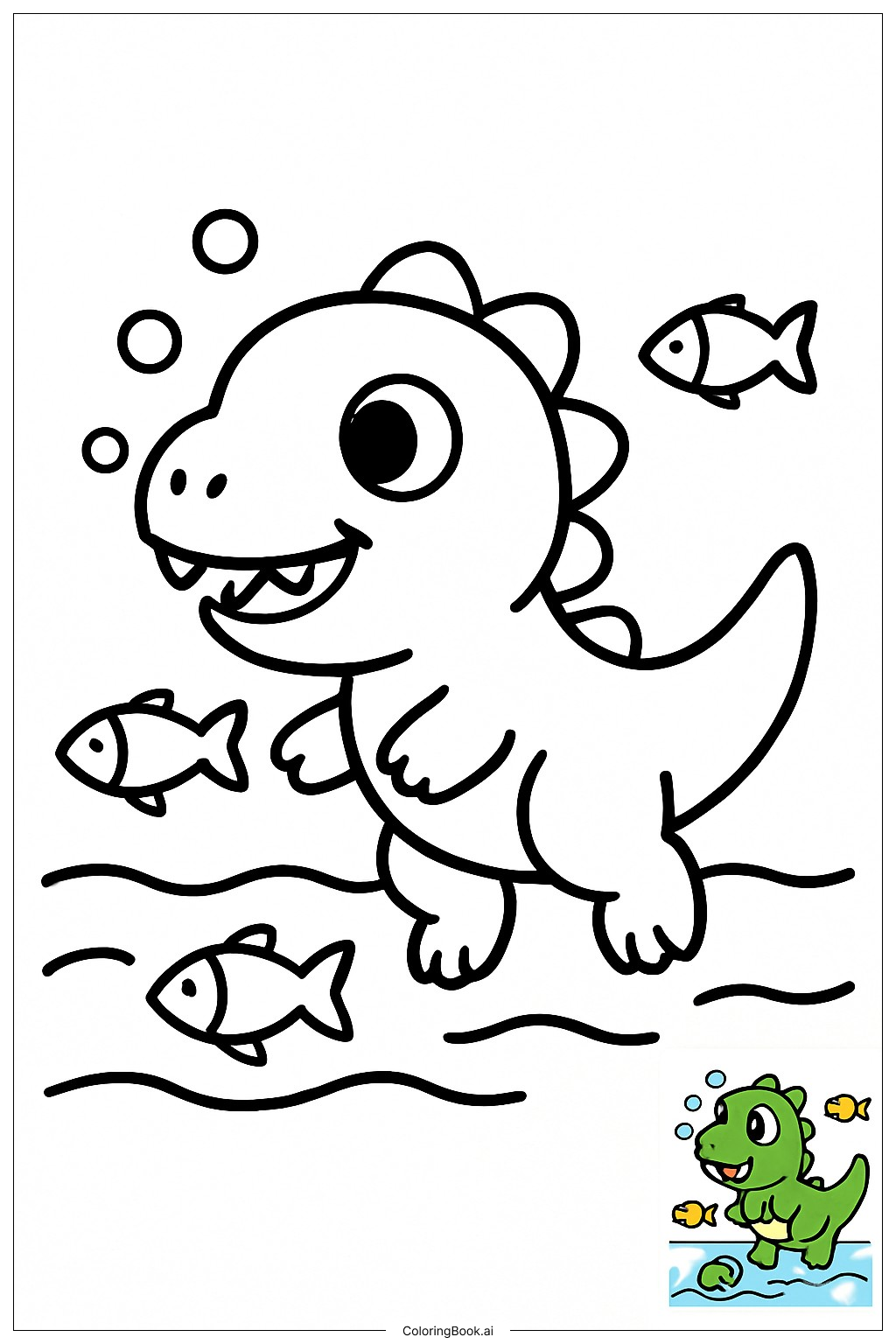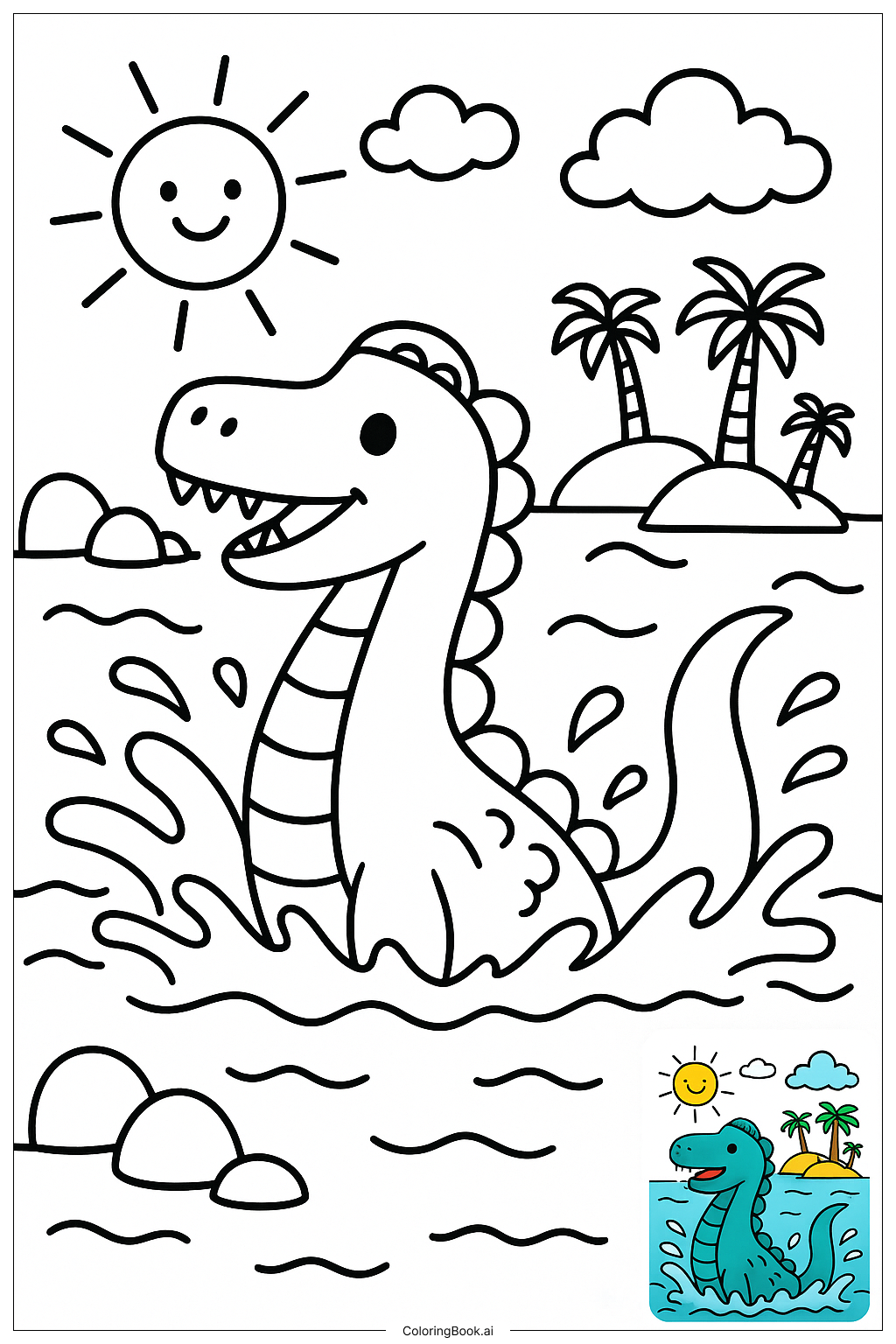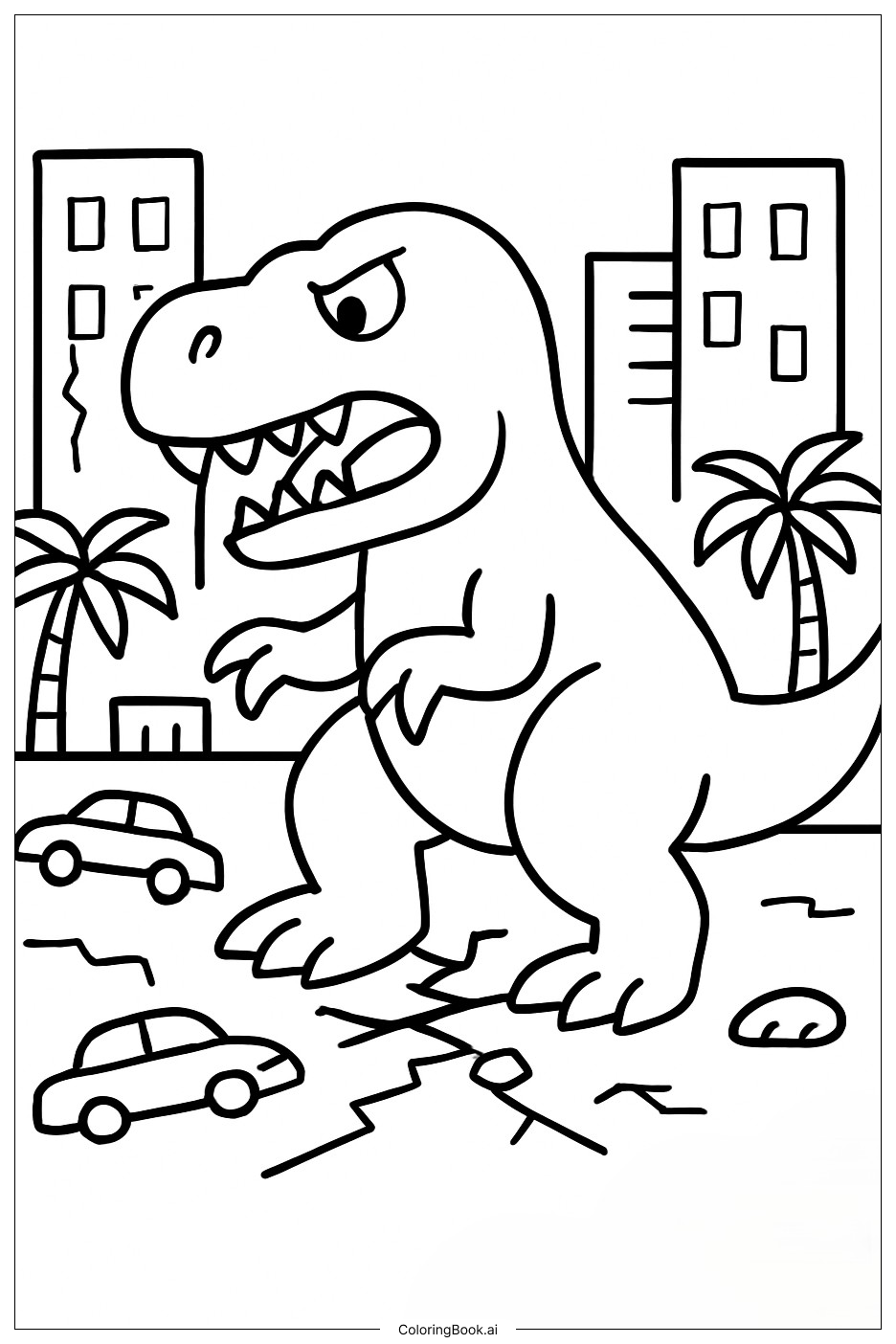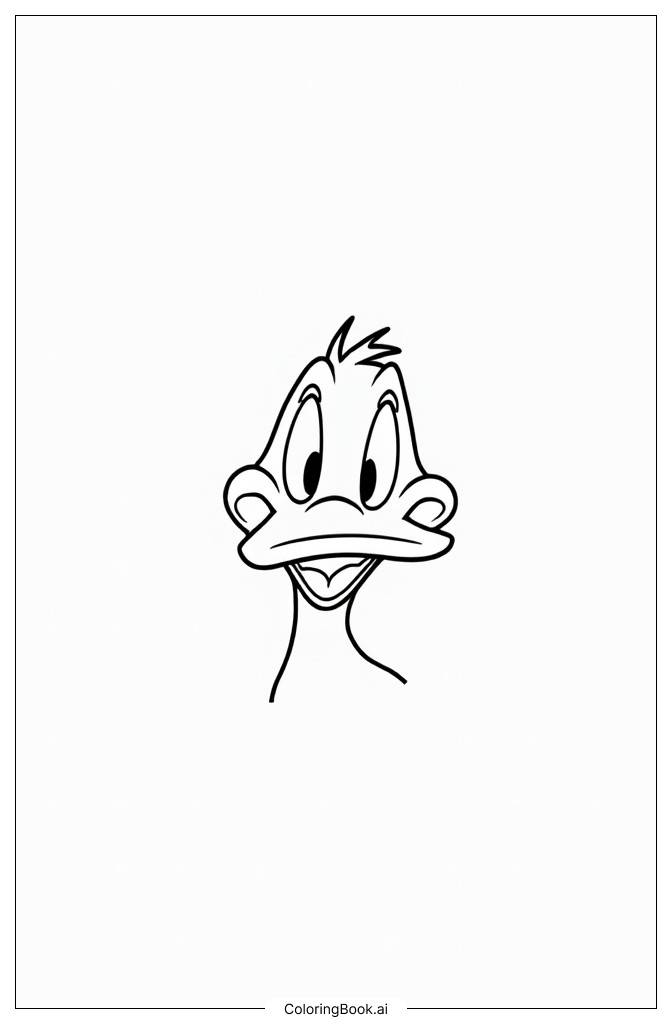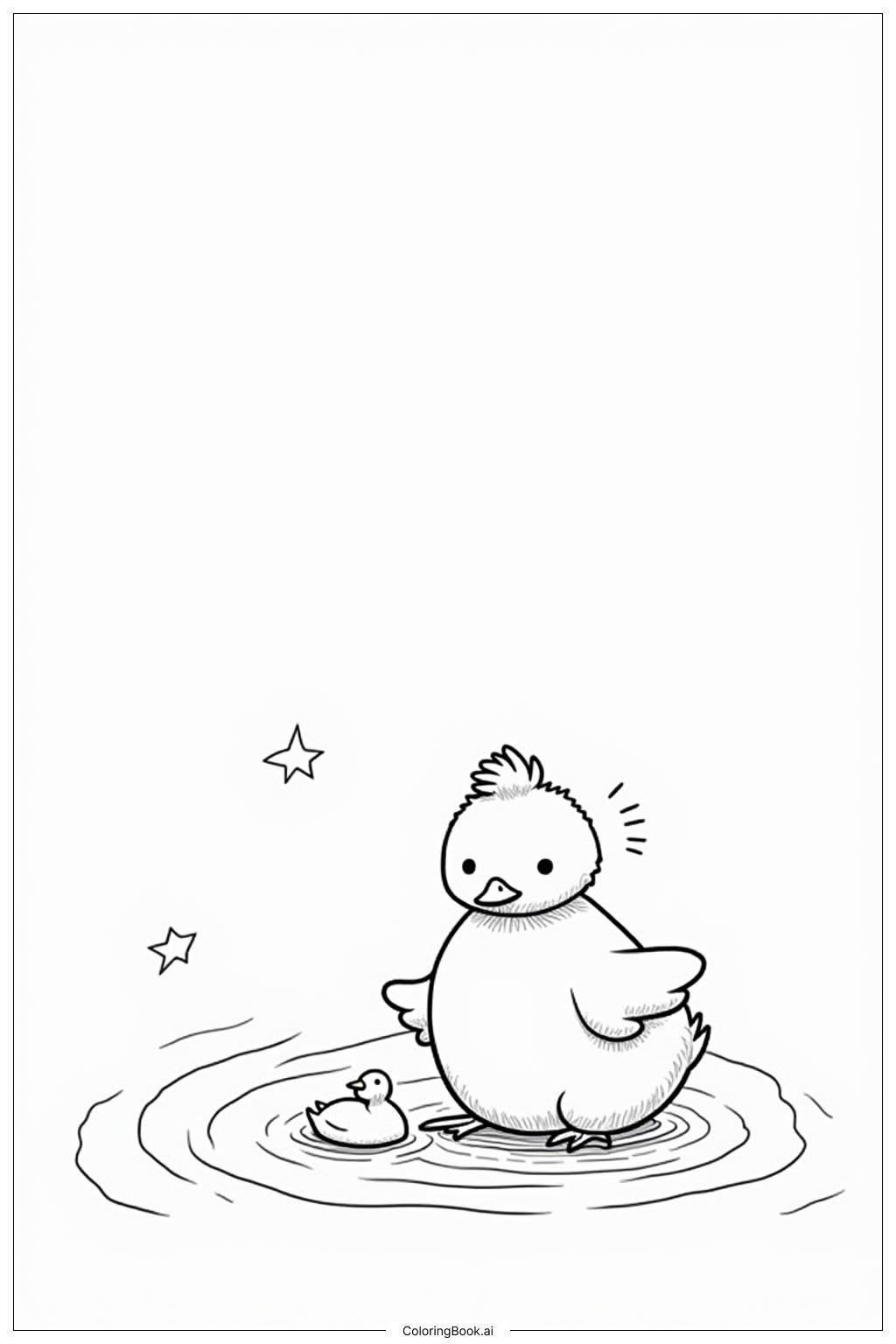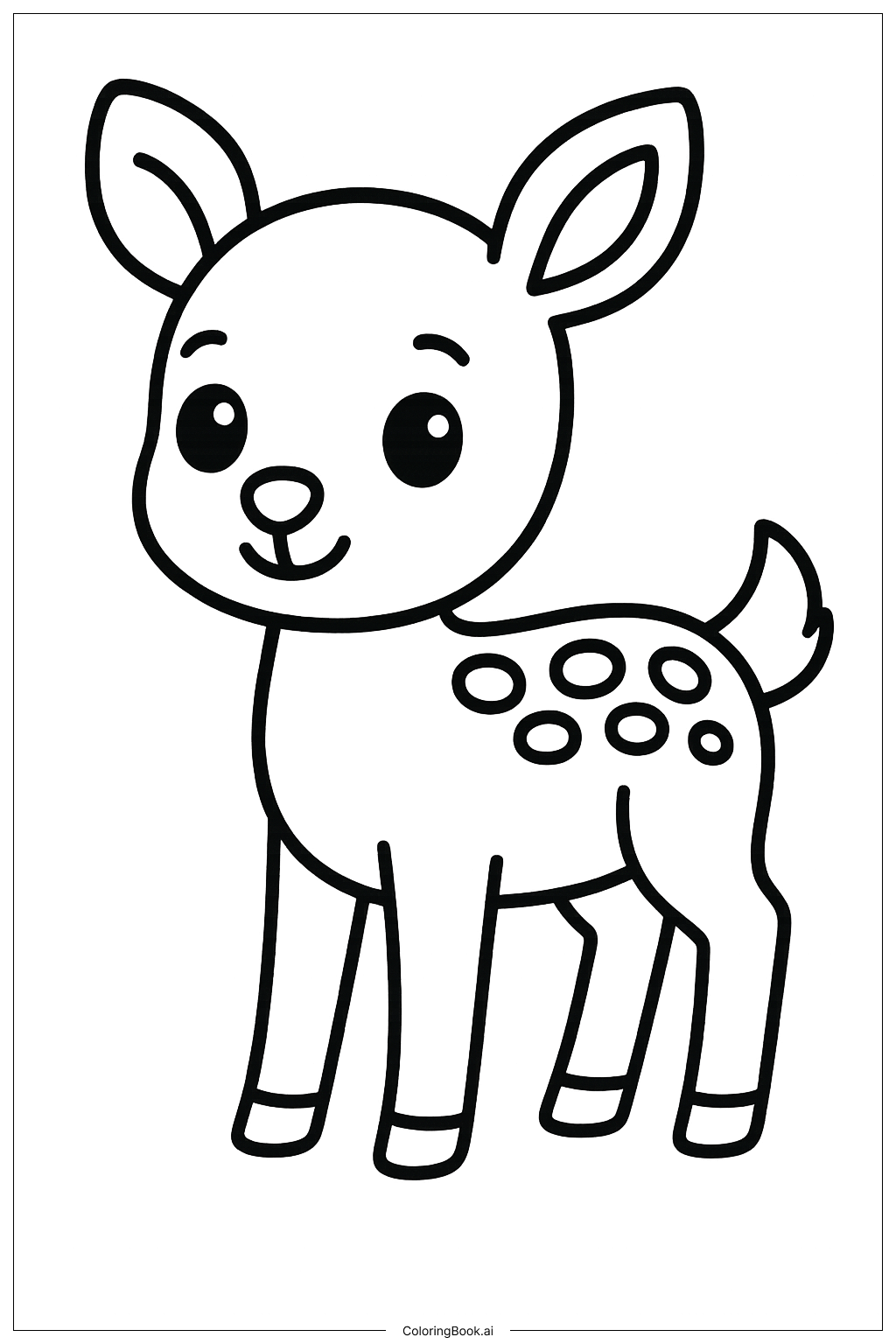Coloring tips: How to color Dinosaur Swimming With Fish coloring page well?
You can use bright green or blue colors for the dinosaur to make it stand out. The plates on the dinosaur's back can be colored in a different shade like yellow or orange for contrast. For the fish, try using bright colors such as orange, yellow, or red. The water can be colored in light blue with darker waves to show movement. Don't forget to color the bubbles with a light blue or white tint to keep them looking like air bubbles. Use smooth and even strokes to fill large areas and small, careful strokes for the fish and dinosaur's details.
Coloring challenges: Which parts are difficult to color and need attention for Dinosaur Swimming With Fish coloring page?
1. Coloring the dinosaur's body evenly can be difficult because it's a large area and requires patience to avoid streaks. 2. The small fish have limited space, so coloring inside the lines needs careful handling to avoid mistakes. 3. Coloring the bubbles can be tricky since they must look light and transparent. Using a pale color with gentle shading might be challenging for beginners. 4. The plates on the dinosaur’s back need different shades from the body, requiring good contrast skill. 5. The water lines are wavy, requiring steady hand movement to follow shapes closely without crossing lines.
Benefits of coloring books: Advantages of drawing Dinosaur Swimming With Fish coloring page
Coloring this picture helps children develop their fine motor skills, especially when filling different shapes like fish and dinosaur details. It encourages creativity by allowing kids to choose colors and experiment with combinations. The picture also teaches color awareness and contrast by coloring the dinosaur and its plates differently. Coloring bubbles and water helps improve shading and blending skills. Most importantly, it boosts focus and patience, giving children a rewarding sense of accomplishment when finished.
